High in the Tetons, whitebark pine devotees go to great lengths to protect the few remaining mature, seed-producing trees from a pine beetle epidemic.
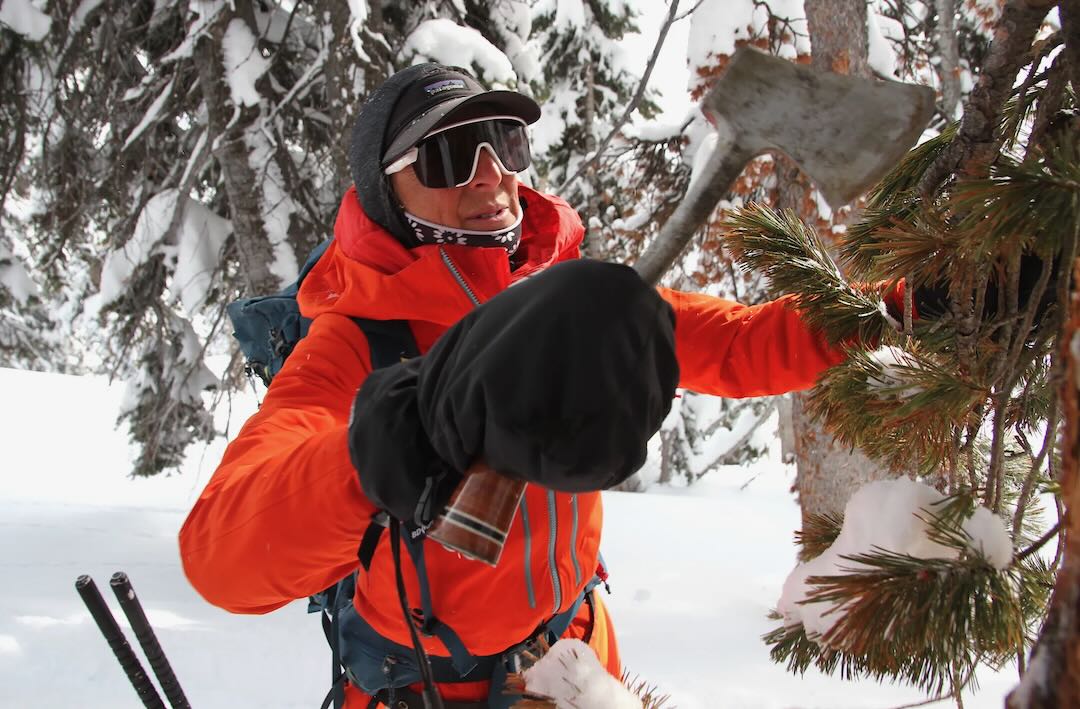
GRAND TETON NATIONAL PARK—An uninvited little chunk of pine beetle larvae clung to Colin Wann’s goggle lens.
High in the Tetons, Wann’s hatchet blade had evidently sent the fatty, sticky globule of opaque insect airborne amid a shower of whitebark pine bark. The tree, likely older than any living human, was dying. And beetles — like the remnant of one that went along with Wann for a ski — are the reason why.
Wann’s hundreds of swipes with the hatchet wouldn’t save these whitebark pines. They were already goners.
There’s a hope, however, that the bark removal effort could ease the severity of a pine beetle epidemic that threatens what’s left of the Teton Range’s whitebark pine stands.

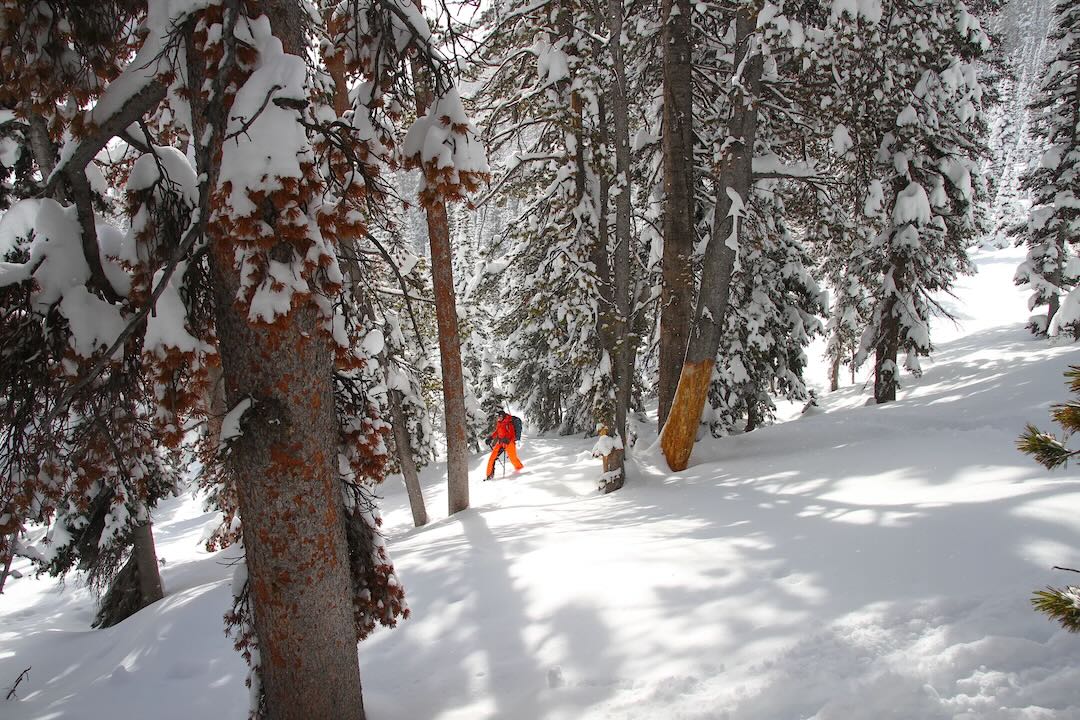

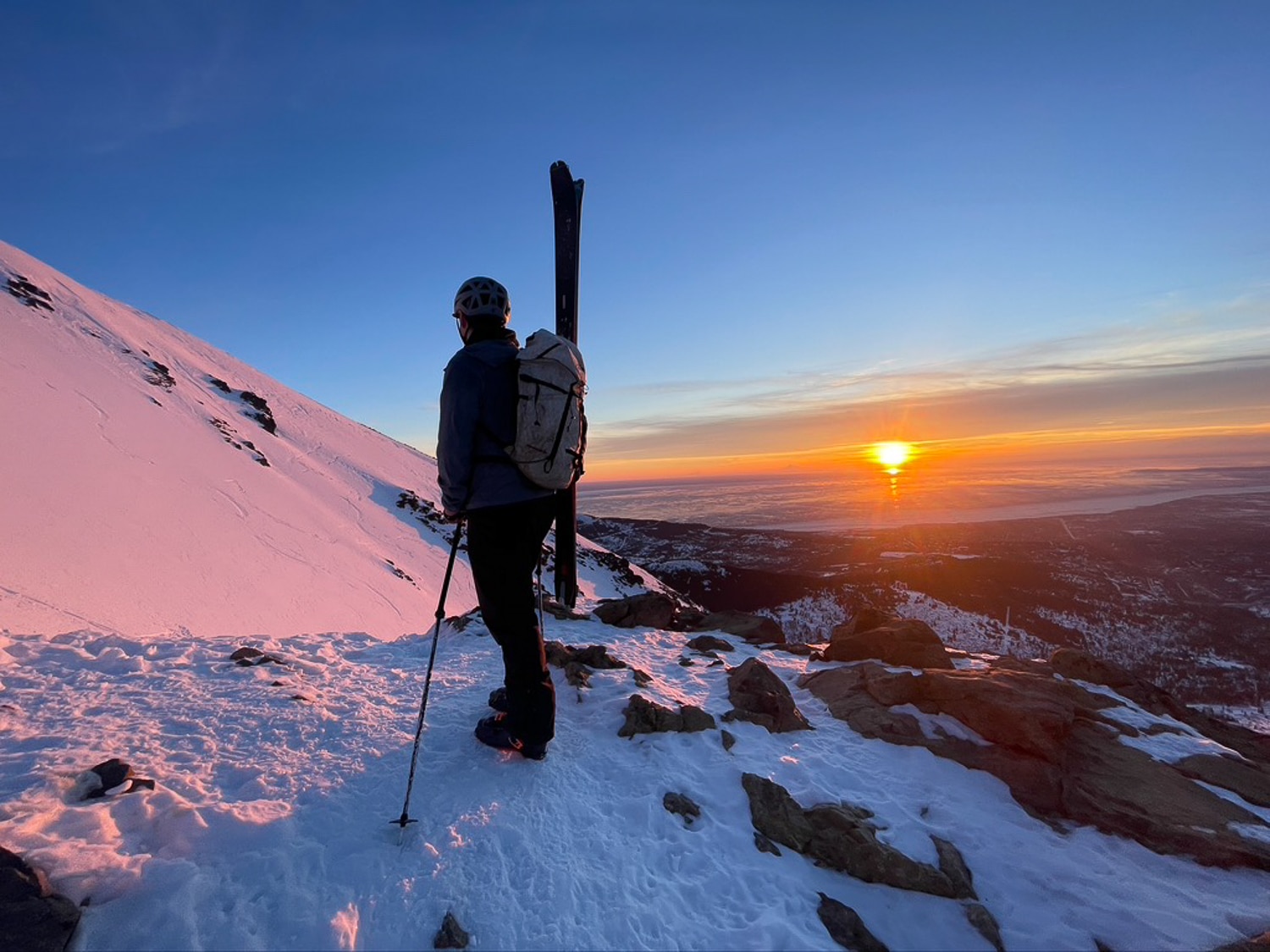
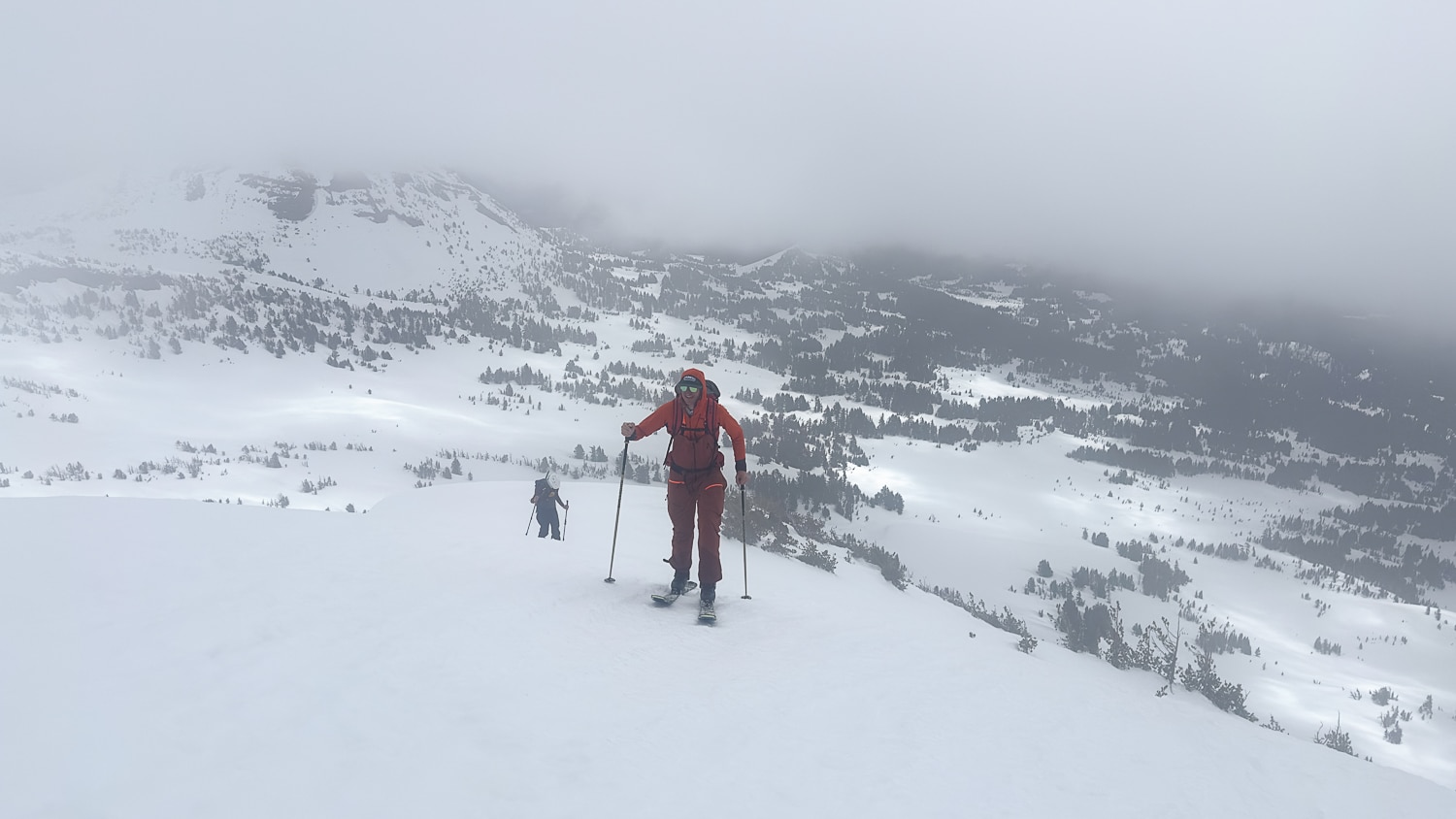
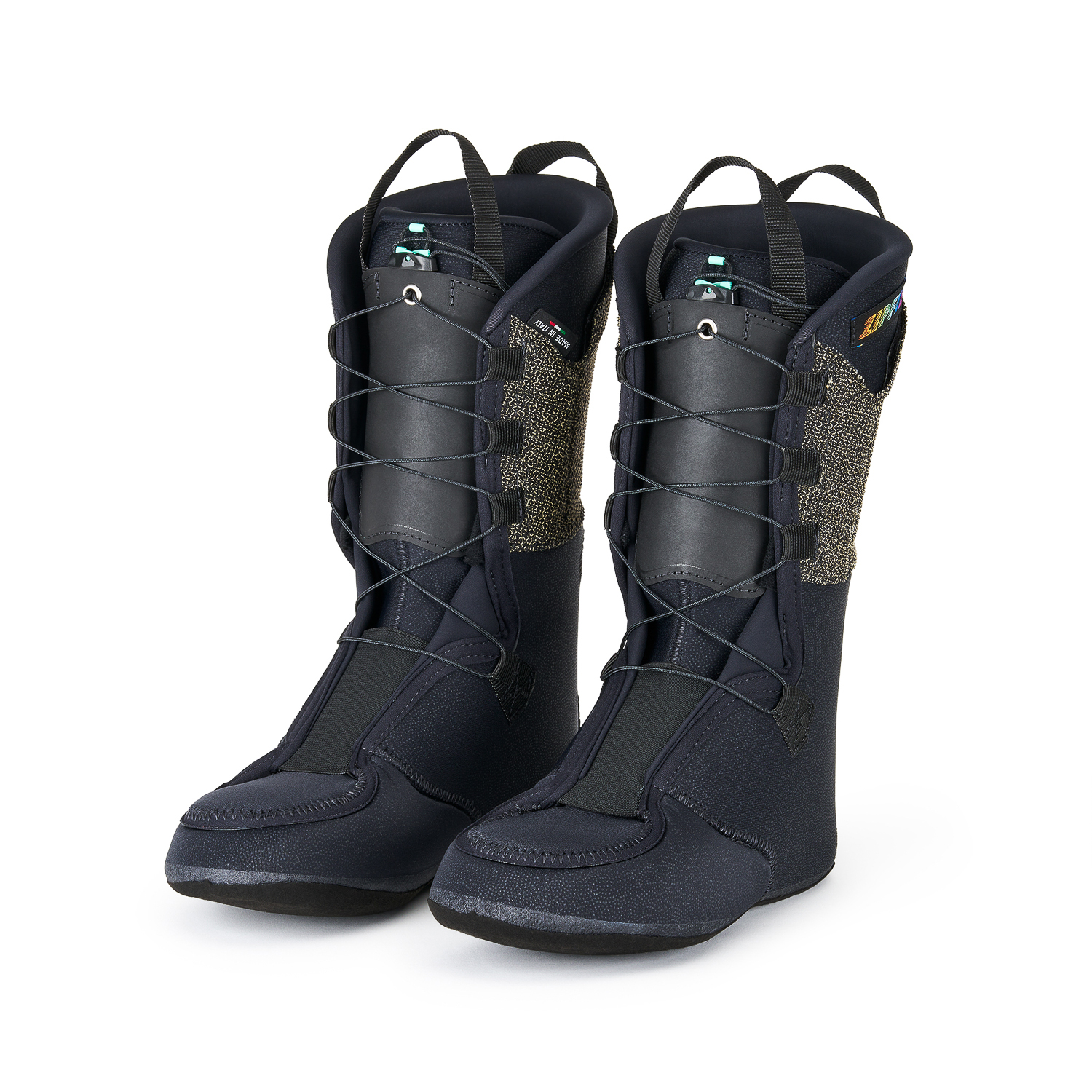
Leave a Reply
You must be logged in to post a comment.